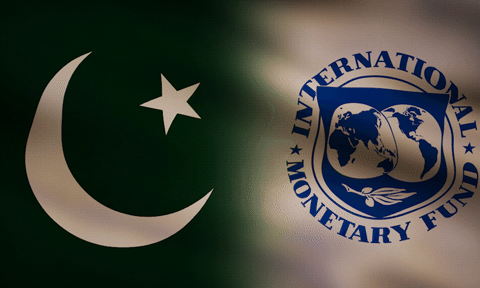PESHAWAR: The loan portfolio of Khyber Pakhtunkhwa is likely to increase to Rs.635 billion by end of the fiscal year 2023-24 as compared to Rs.236 billion in June 2019.
According to the White Paper of Khyber Pakhtunkhwa government on provincial budget 2024-25, loan portfolio of the provincial government which was Rs.236 billion in June 2019 surged to Rs.531 billion by June 2023 and projected to further increase to Rs.635billion by June 2024.
Concurrently, debt servicing also ballooned from Rs.11 billion in June 2019 to Rs.28 billion by June 2023, with a projected rise to Rs.67 billion by the end of fiscal year 2023-24. By 2030, the KP loan portfolio is expected to soar over Rs.2300 billion, with debt servicing surpassing Rs.194 billion.
Additionally, it is anticipated that development expenditure will be exhausted to a negative primary balance by the same fiscal year. These trends signify critical financial challenges for the province and by 2030, there may be no funds left for development expenditure and by 2033, there might be an inability to service debt.
In response, potential actions could include salary and pension cuts or seeking additional borrowing and to mitigate these risks and foster financial sustainability, several strategies are proposed include implementation of proactive measures to diversify revenue streams, reducing dependence on traditional sources.
This could involve expanding tax bases, incentivizing compliance, and tapping into untapped economic potentials within the province.
An evaluation of current expenditure, particularly on salaries, pensions and non-salary expenditures, is necessary to identify inefficiencies. Reforms may be initiated to streamline expenditure and enhance fiscal efficiency.
The second proposed strategy to mitigate the risks and foster financial sustainability is to minimize reliance on foreign loans by prioritizing projects with high revenue generation potential. Borrowed funds may be allocated to financially sustainable projects capable of servicing debt independently.
Utilizing Public-Private Partnerships (PPPs) strategically can facilitate infrastructure development and service delivery. This approach can help alleviate the burden on public finances by leveraging private sector resources and expertise.
By implementing these measures, Khyber Pakhtunkhwa can work towards achieving fiscal stability, ensuring sustainable development, and averting potential financial crises in the future.
Copyright Business Recorder, 2024

























Comments
Comments are closed.